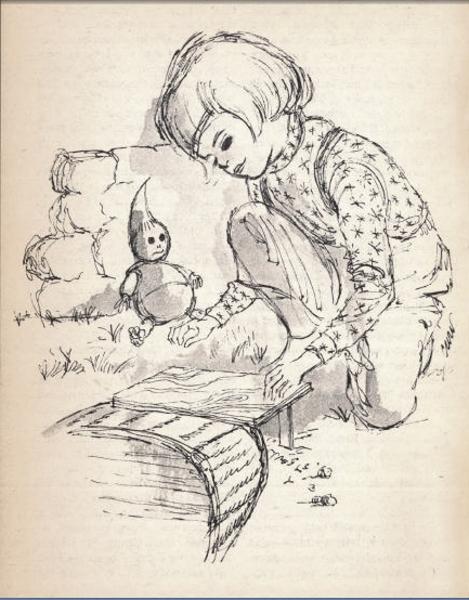
(from The LA Science Fiction Society (1939))
Comic book lovers, science fiction aficionados, and history buffs all share some characteristics, no matter how disparate their interests may seem on the surface: they are passionate about their pidgin, they plumb deeply into the lore of their fields, and they are all just a bit off-center from the rest of "normal" society.
Let's face it–it's 1961, and conformity is still the rule of the day. We're expected to wear suits and hats (though our new President seems to be a trendsetter in the "no hats" arena). We're supposed to abandon the frivoloties of youth and settle down to hard work and raising a family. Heaven forbid our interests should stray outside the socially acceptable pasttimes of sports, religion, politics, and cocktail parties.
But for those of us who refuse to "grow up", we still want to belong somewhere. We don't want to go it alone; we seek out others of our ilk. The weird ones. The creative ones.
The Fans.
So we form clubs, some associated with centers of learning, others with geographic districts. We create fan circles that put out fanzines. We form readers' groups to share our self-penned works.
And…we hold conventions.
These are generally smallish affairs compared to their business-oriented cousins, with attendance running into the hundreds. But for the fan who normally has a local community of just a half-dozen fellows (and perhaps many more as pen pals), going to a convention is like a pilgrimage to Mecca. One meets people with completely different experiences, different perspectives. There is the opportunity to get news from far and wide on exciting new projects, both fan and professional. And the carousing is second to none, both in the heights of enthusiasm and creativity.
Take a look at my newly developed roll of shots from "WonderCon", a sizeable affair held last weekend in Los Angeles. These are some dedicated fans, some fabulous costumes, and some terrific times!
First off, a few attendees who came in street clothes:

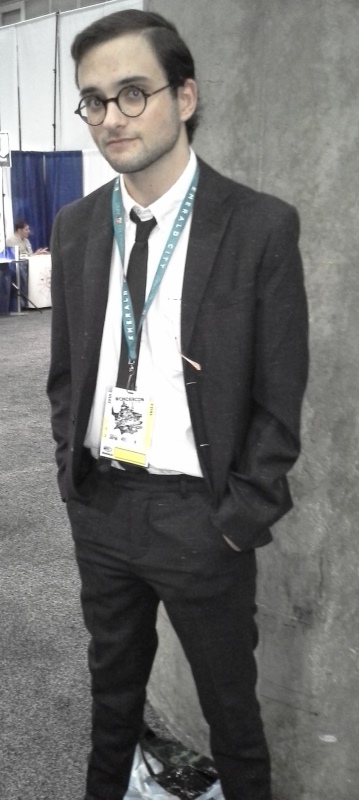

A few inspired by the pulps of yesteryear:
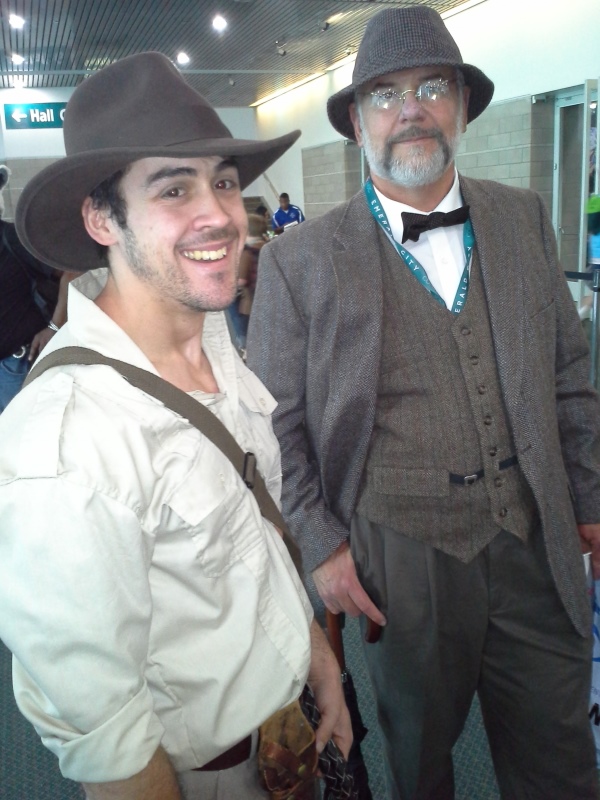
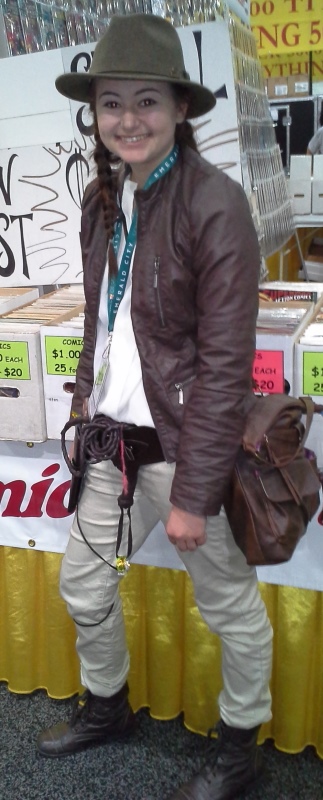
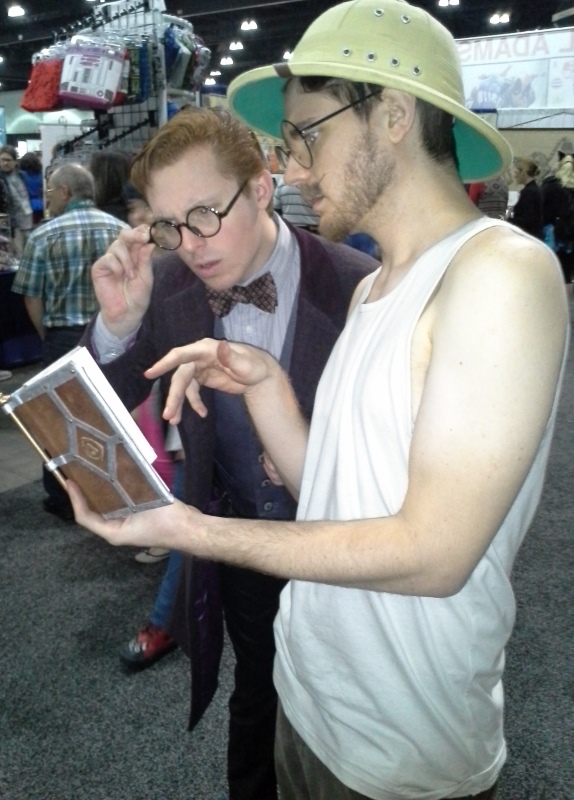
Some fresh from the pages of the comics (the new character, Supergirl, appears to have an unusually red skirt…)



A pair of Snow Whites, one traditional, and one in 40s chic:


Speaking of the 40s, check out these spot-on duds–go Airborne!

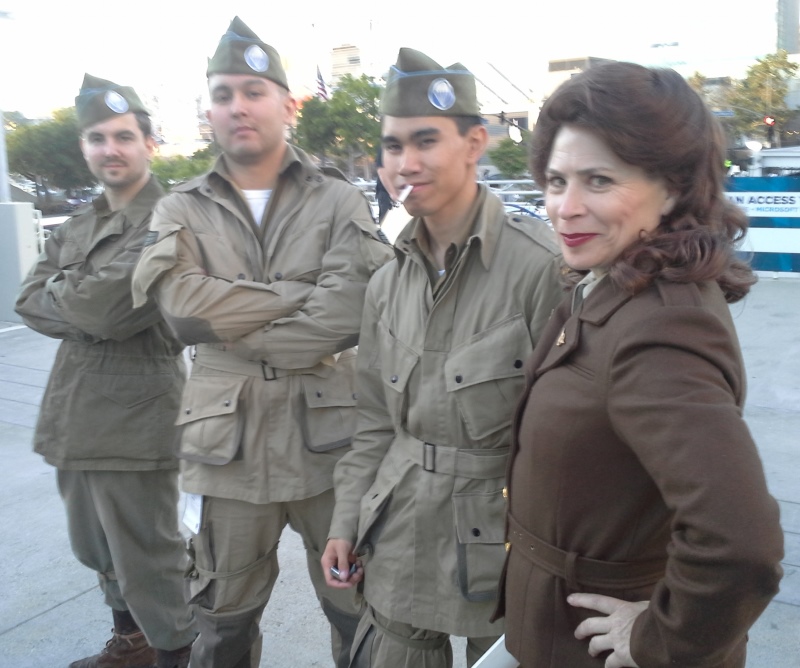
And their most hated foe (this one made me double-take, but I understand it's a minor character from an Atlas comics ish):

The Crown Princess, Anasatasia, last of the Romanovs:

Some great costumes I can't quite identify (the Germans may just have been lost and wandered in):

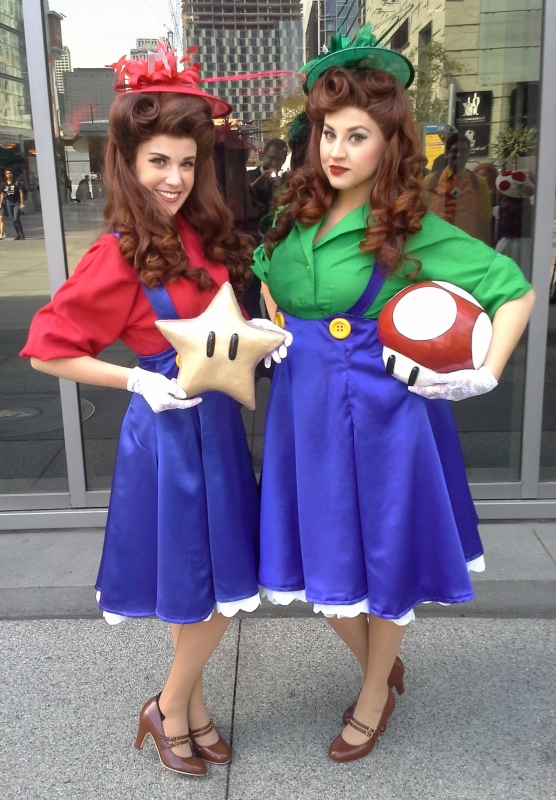
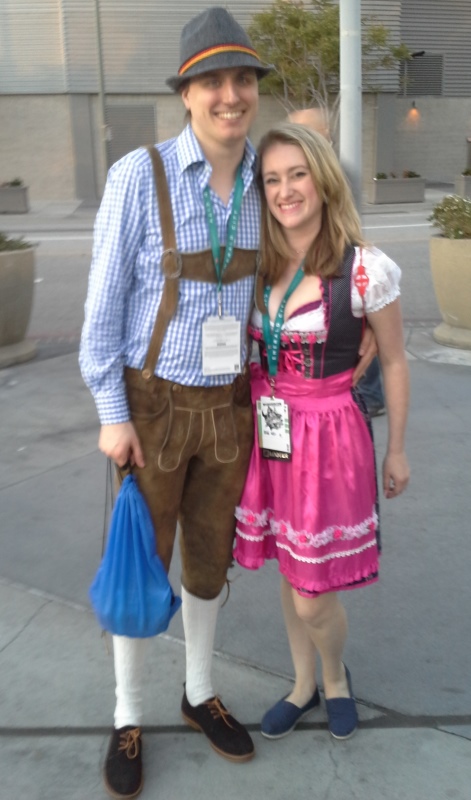
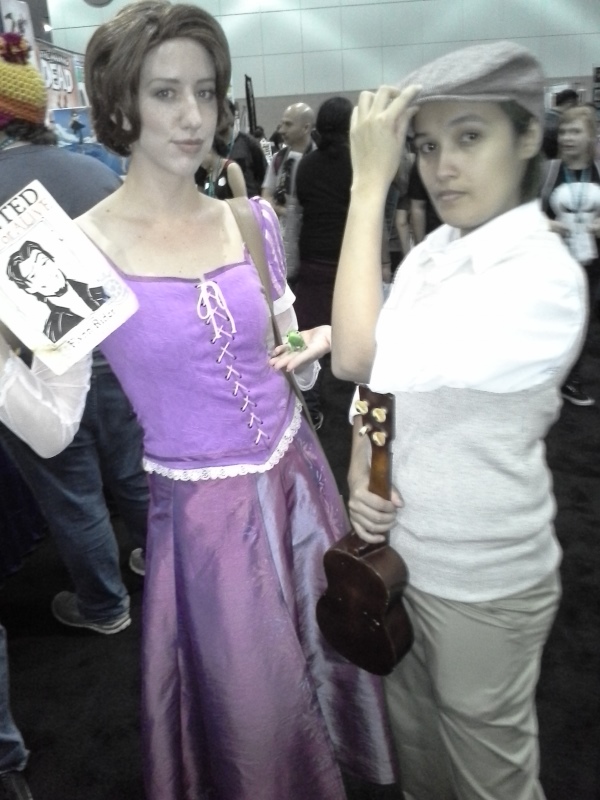
The Sweep, from the Mary Poppins childrens' book series:
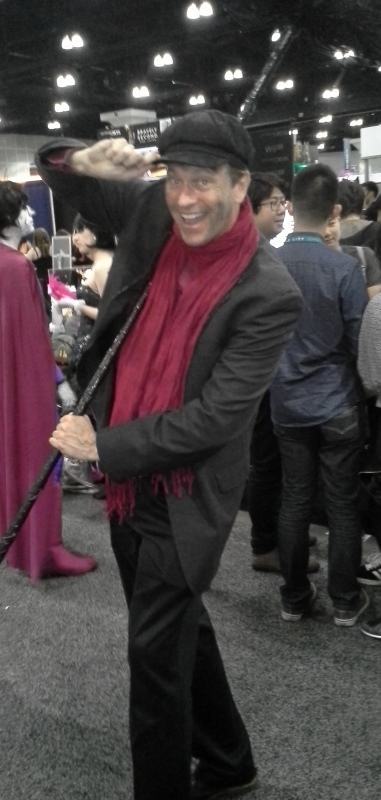
Some cartoons come to life–Betty Boop and Fred Flinstsone (the latter is quite new, the 1st season not having yet ended!)
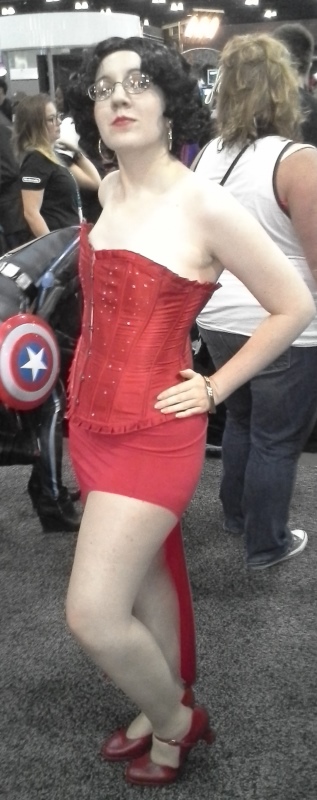

The inimitable Amy Spaulding–her art is amazing:
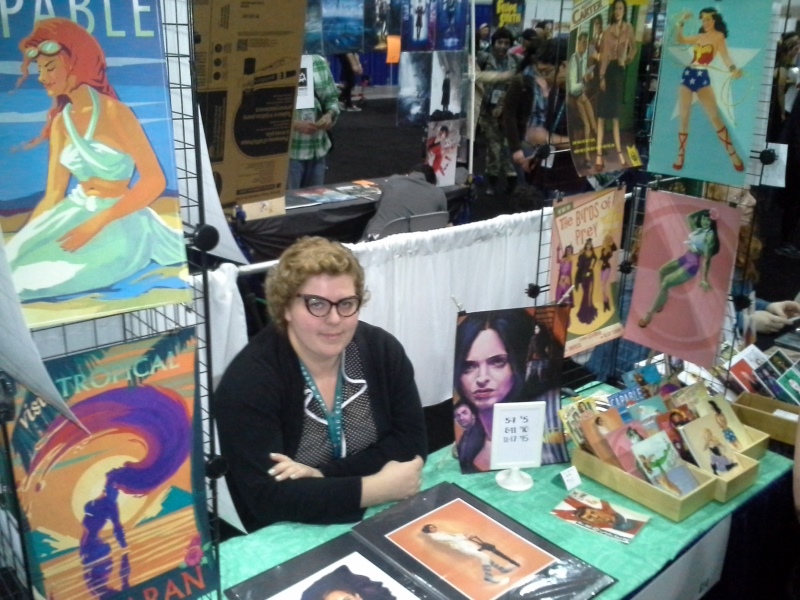
And, of course, The Traveler:

With Professor Elliot:
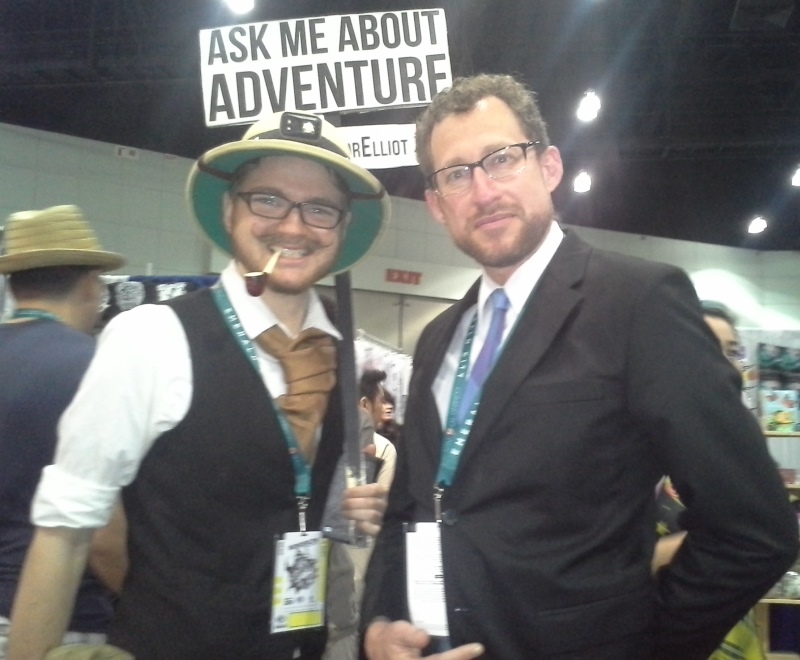
And making Archie cry:
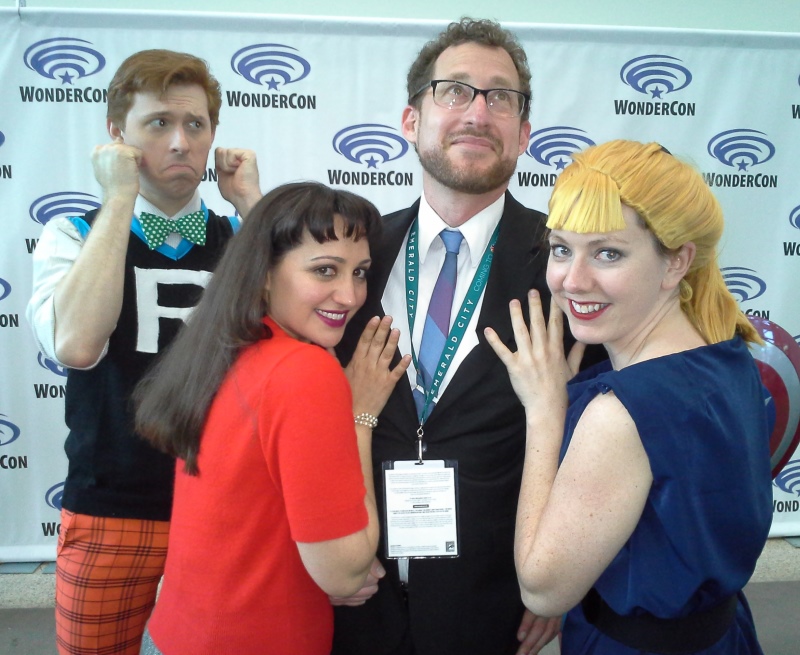
That's it for this time. I loved seeing all of my friends and fans again, and I hope you'll stay tuned for the review of this month's (the April 1961) Fantasy and Science Fiction! There are some excellent stories in there, three of them by woman authors–a new record!















